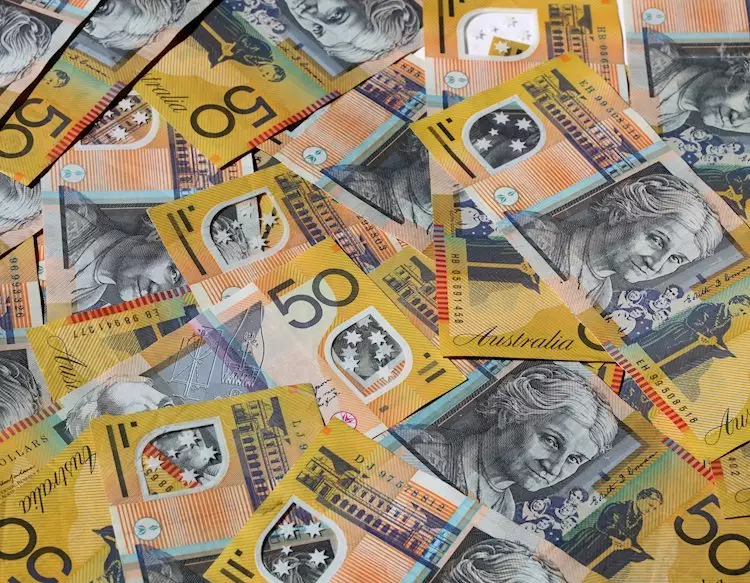In the early Asian trading hours of Monday, the AUD/USD currency pair exhibited modest declines, hovering around the 0.6605 mark. This downturn reflects a broader pattern, as the Australian dollar is under pressure from a strengthening US dollar. Traders are closely analyzing various economic indicators that impact the forex market, notably shifts in consumer sentiment and monetary policy decisions. The latest data from the University of Michigan revealed a more robust consumer sentiment index, climbing to 70.5 in October from 68.9 previously, surpassing market expectations. This bolstered economic outlook likely contributes to the fortunes of the Greenback, which stands as a safe-haven asset during turbulent times.
Impact of Consumer Sentiment on the U.S. Dollar
The University of Michigan’s consumer sentiment data acts as a critical barometer for financial markets. A rising sentiment index indicates that consumers feel more confident about their economic prospects, which can translate into higher consumer spending. This recent increase in sentiment can fortify the Federal Reserve’s resolve to maintain its current monetary policy, with implications for interest rate decisions in the coming months. As expectations build regarding a cautious but steady Fed, the US dollar gains traction against its Australian counterpart. Furthermore, it’s worth noting that this data comes against a backdrop of geopolitical tension, particularly rising hostilities in the Middle East, which periodically drive demand for safe-haven assets like the USD.
On the other side of the equation, the Reserve Bank of Australia (RBA) plays a pivotal role in determining the Australian dollar’s trajectory. Recent hawkish indications from the RBA suggest that interest rates may not see cuts anytime soon, which provides some support for the AUD. As of now, traders are assessing a mere 10% chance of a rate reduction to 4.1% during the upcoming RBA meeting on November 5. Interest rates, set by the RBA, fundamentally influence the lending landscape throughout the Australian economy. If the RBA steers clear of aggressive rate cuts, the AUD may stabilize against the USD.
The health of Australia’s economy is further intricately linked to its commodity exports, most notably iron ore. Being the nation’s largest export, iron ore constitutes a substantial portion of Australia’s revenue — roughly $118 billion annually, given the figures from 2021. China, as the primary destination for Australian iron ore, dictates demand and pricing. Consequently, when China’s economy flourishes, it leads to increased purchases from Australia, thereby elevating the value of the AUD. Conversely, lackluster growth in China could undermine demand for Australian exports, resulting in AUD depreciation.
Additionally, the trade balance, offsetting exports against imports, must be considered. A favorable trade balance — where exports exceed imports — enhances the strength of the AUD. If Australia continues to maintain high-demand exports, this will create upward pressure on the currency. Therefore, fluctuations in commodity prices, particularly iron ore, can significantly sway the AUD’s performance on the forex market.
Market Sentiment and Risk Appetite
Another layer influencing the AUD/USD exchange rate is prevailing market sentiment. The dynamics of risk appetite play a crucial role: when investors exhibit a “risk-on” mentality, characterized by a willingness to invest in riskier assets, the AUD typically benefits. In contrast, a “risk-off” sentiment — where investors flock to stability and lower-risk assets like the USD — tends to weaken the Australian dollar. Therefore, global economic conditions, emerging market trends, and geopolitical events can directly affect whether traders lean towards riskier currencies like the AUD or conservative alternatives like the USD.
The current trading landscape for the AUD/USD pair is a multifaceted interplay of economic data, central bank policies, commodity performances, and market sentiment. Traders are left navigating through varying indicators and geopolitical tensions that can swiftly change the dynamics of the currency market. As the situation develops, both localized and international economic conditions will invariably shape the longstanding relationship between the Australian dollar and the US dollar. A thorough understanding of these elements will be essential for traders aiming to capitalize on the fluctuations in the AUD/USD currency pair.

